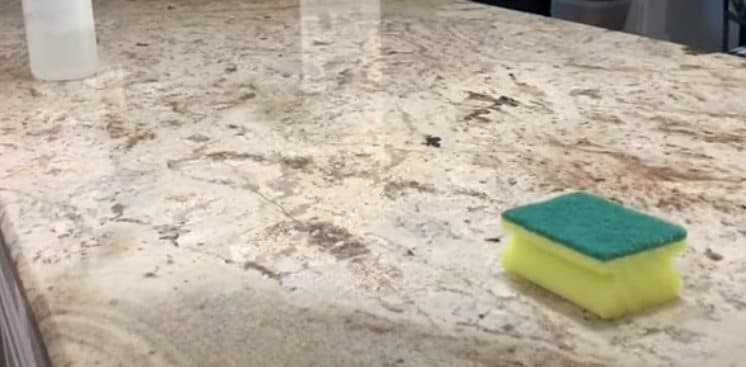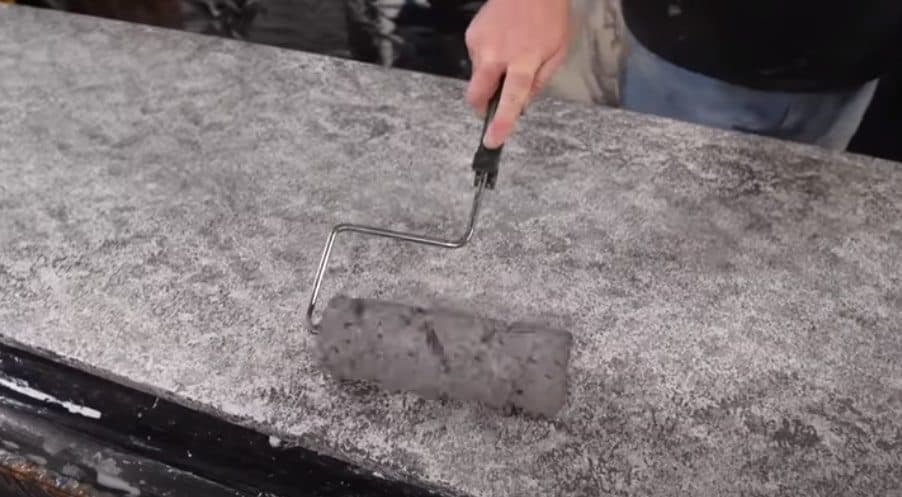Painting granite countertops can give a fresh look at a lower cost but may not be as durable or long-lasting. It can be a quick fix for a budget-conscious homeowner, but it may need to be repainted regularly.
When considering painting granite countertops, it’s essential to weigh the pros and cons for a well-informed decision. Granite countertops are a popular choice for many homeowners due to their durability and aesthetic appeal. However, the cost of installing new granite countertops can be prohibitive for some.
As an alternative, painting existing granite countertops can provide a cost-effective way to update the look of a kitchen or bathroom. It also allows for greater customization and color options, making it a popular DIY project for those looking to refresh their home decor.
Nonetheless, there are important considerations to bear in mind when deciding whether to paint granite countertops, as there are both advantages and disadvantages to this approach.
Pros Of Painting Granite Countertops
Painting granite countertops can be a cost-effective way to update the look of your kitchen without the expense of replacing the countertops. Here are some potential pros of painting granite countertops:
Unmatched Customization
Transform your kitchen or bathroom with a touch of personalization that goes beyond the typical granite hues. Painting granite countertops opens up a world of color options, allowing you to match your countertops to your overall design scheme. From bold and vibrant tones to subtle and sophisticated shades, the customization possibilities are endless.
Budget-Friendly Upgrade
Dreaming of a kitchen makeover but concerned about the cost? Painting granite countertops provides an economical alternative to the hefty price tag of replacing the entire countertop. Achieve a refreshed and modern look without breaking the bank, making it a savvy choice for those seeking an affordable yet impactful upgrade.
Enhanced Scratch Resistance
While traditional granite is already renowned for its durability, adding a layer of paint enhances its resistance to scratches and daily wear and tear. The paint acts as an additional protective layer, ensuring your countertops maintain their pristine appearance for years to come.
Stain Repellent Properties
Worried about stains tarnishing the beauty of your granite? Fear not! Painted granite countertops provide an extra layer of defense against spills and stains. The sealed paint surface acts as a barrier, making it easier to clean and maintain the immaculate allure of your kitchen or bathroom space.
Quick Turnaround Time
Unlike extensive renovations that may disrupt your daily routine, painting granite countertops offers a swift and efficient solution. It can often be completed over a weekend, allowing you to enjoy the updated look of your kitchen sooner.
Related Topics: Tips for choosing Kitchen countertops
Cons Of Painting Granite Countertops
Although painting granite countertops can have benefits, there may also be disadvantages and difficulties to take into account. The following are some drawbacks of painting granite countertops:
Durability Concerns
Painted surfaces may not be as durable as the natural finish of granite. The constant use of the countertops, exposure to heat, and contact with abrasive materials could lead to chipping, peeling, or fading over time.
Limited Color Options
While painting provides the opportunity to change the color of your countertops, the available color options may be limited compared to the natural variety of granite. Achieving certain colors may also require multiple coats, affecting the final result.
Surface Preparation
Properly preparing the granite surface is crucial for the paint to adhere effectively. Inadequate preparation can result in poor adhesion, leading to an uneven finish or premature peeling.
Skill and Time Intensive
Achieving a professional-looking finish requires skill and patience. The painting process involves multiple steps, including cleaning, sanding, priming, painting, and sealing. Rushing through any of these steps can compromise the final result.
Not Suitable for High-Use Areas
If your kitchen is a high-traffic area where countertops are frequently used for cutting, chopping, or other activities, the painted surface may not hold up well under such conditions.
Resale Value Impact
Painting granite countertops might not have the same positive impact on the resale value of your home as genuine granite. Potential buyers may prefer the authenticity and durability of natural stone.
Not Reversible
Unlike some DIY projects, painting granite countertops is not easily reversible. If you decide to revert to the original granite appearance or opt for a different solution, it may involve more extensive and costly processes.
Conclusion
The decision to paint granite countertops involves weighing the benefits and drawbacks. While it provides an affordable facelift, it may compromise the natural beauty and durability.
Conduct thorough research and consider the long-term implications before making a decision. Ultimately, the choice to paint granite countertops is a personal one, dependent on individual preferences and needs.

